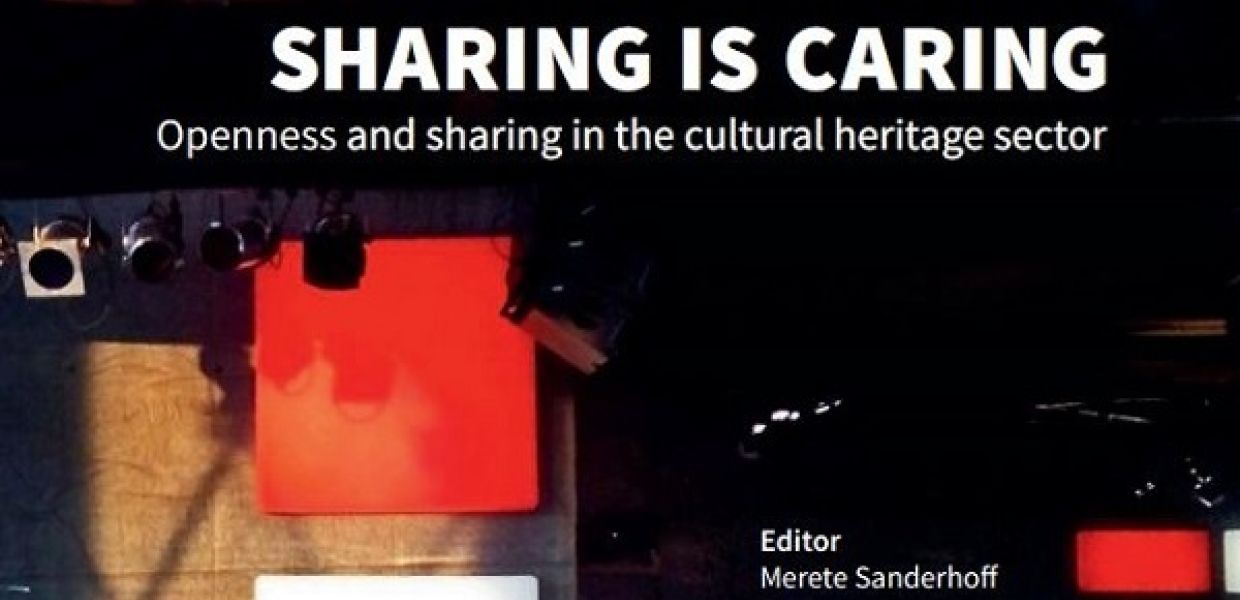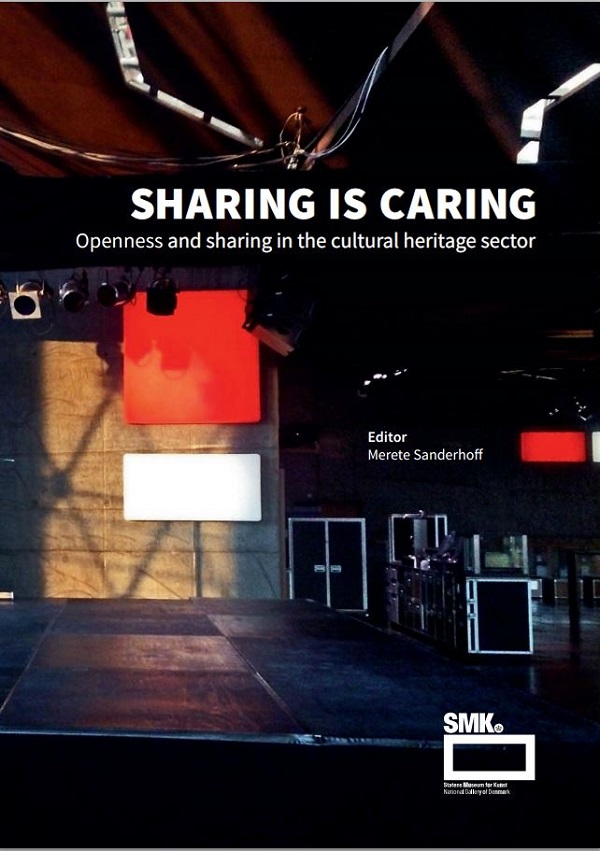Put cultural heritage in the hands of the public

Sharing is Caring is an important anthology of essays and lectures on openness and sharing in the cultural heritage sector that was published earlier this year. In light of our recent #PublicDomainMonth campaign, it brings forth many voices and arguments for leaving the public to care for our heritage, as they are the ones who sustain our institutions and keep organisations such as Europeana relevant. The public cares when cultural heritage belongs to them, is a message that echoes through the book: When cultural heritage is digitised, it can be replicated and freely shared repeatedly. We interviewed the editor of Sharing is Caring, Merete Sanderhoff, curator of digital museum practice at Statens Museum for Kunst, the National Gallery of Denmark (SMK) and member of the Europeana Network, to discuss how the book came about.

What is the aim of the book? How important is it for promoting open innovation in the cultural sector?
The aim of the book is to discuss and promote adoption of open practices in the cultural sector. It provides analyses from our peers in the sector of the implications, consequences and potential of opening up digitised collections and data, and our ways of interacting with the public. We can use the knowledge being shared, learn from it to create sustainable ways to care for our cultural heritage. A way to promote the adoption of open licensing of data and content, open practices, and an open mindset towards the world is by providing great studies, analyses, and examples from peers. Why do we want to promote this? Because sharing the authority and ability to work with, interpret, learn from and use our cultural heritage in digital form is the most sustainable way to care for it in a digital age. We need the public to care as much for the preservation of our heritage as we do, and they do that when it’s in their hands so to speak, when it’s useful to them on their own terms to do what they want and need to do; when cultural heritage is theirs.
How did the book come about? Why and how did you get involved with the book?
Sharing is Caring is a seminar that has been held since 2011 to put openness and sharing on the agenda in the cultural heritage sector. At SMK, we had conducted some pilot projects in close collaboration with colleague museums in Denmark to test the potentials of free image sharing, and we wanted to share and amplify what we had learned. Furthermore, we wanted to invite the thought leaders we had learned from during our pilots to bring in a broader perspective to our local community in Denmark. The seminar raised lots of interest, both from local culture and heritage communities and international peers, and we have held it ever since. After the first two years, I wanted to make sure that the great insights we gained from the speakers were captured and amplified to a wider international community. I also wanted to give back to this community something solid and valuable in return for the generous sharing of knowledge, resources and expertise that characterises the OpenGLAM field. That is how this anthology came about. It’s published both in Danish and English in order to reach and be useful to as many in our community as possible. It spans a wide array of topics and cases that others can refer to as best practices and lessons learned, and build on in their own work.
Why is open innovation important in the cultural/ memory institution sector?
The content of the cultural heritage, when set free, can greatly enhance the opportunites of the creative industries, research communities, the tourism sector and so on. So open innovation is important because it’s an fantastic opportunity to let our collections, knowledge and data become an integrated part of the larger ecosystem of cognitive and creative surplus that is connected on the internet. Also, we have lots to learn from people outside of our institutions, about how the collections we take care of can be used in novel ways – by developers, startup companies, citizen scientists, crowdsourcing projects, school kids and young creatives.
Michael Edson, Director of Web & New Media Strategy at the Smithsonian Institution, Washington D.C., and Merete Sanderhoff, Curator of Digital Museum Practice at SMK, talk about the book.
Tell us something about the contributing writers (or the organisations they represent) in relation to open innovation.
The anthology has a wide range of contributors – from museum practitioners and experts in the cultural heritage sector to PhD students, open governance people, a lawyer and a school teacher. It includes both internationally known thought leaders and practitioners – like Michael Edson, Shelley Bernstein and Europeana’s own Jill Cousins – and then a range of people that are well known in the Danish and Scandinavian community, and whose work is leading here, and deserves to be spread to the international field. The entire GLAM (Galleries, Libraries, Archives, Museums) sector is learning on a global scale these years, and new ideas and practices spring from all over. It is not centralised, but a distributed network.
Where is the book available? How much does it cost?
It can be ordered online. The printed copy costs €15. If you need more than one, contact me and we’ll work out a friendly price. (You can also read it online or download it for free).
Tweet !function(d,s,id){var js,fjs=d.getElementsByTagName(s)[0];if(!d.getElementById(id)){js=d.createElement(s);js.id=id;js.src="http://pro.europeana.eu//platform.twitter.com/widgets.js";fjs.parentNode.insertBefore(js,fjs);}}(document,"script","twitter-wjs");Follow @EuropeanaEU !function(d,s,id){var js,fjs=d.getElementsByTagName(s)[0];if(!d.getElementById(id)){js=d.createElement(s);js.id=id;js.src="http://pro.europeana.eu//platform.twitter.com/widgets.js";fjs.parentNode.insertBefore(js,fjs);}}(document,"script","twitter-wjs");
